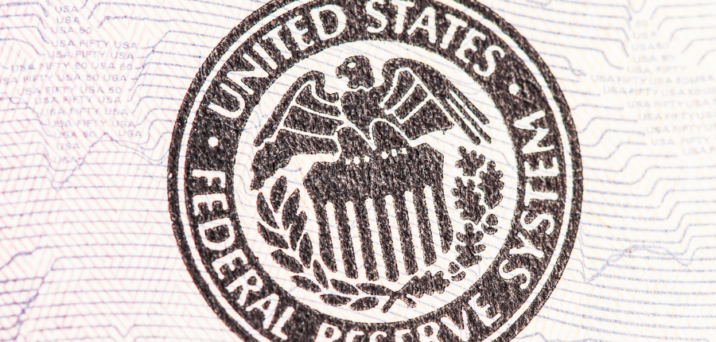
Federal Reserve Cuts Interest Rates by 50 Basis Points: First Reduction Since 2020
On September 18, the Federal Reserve announced a 50-basis-point cut to the Federal Funds Rate. Learn more on the BPAS Blog!
Sep 24, 2024
The recent Federal Reserve rate cuts have sparked widespread conversation across financial markets and among everyday consumers. As the central bank acts to lower interest rates in response to economic conditions, the impact is felt in a variety of sectors, from housing and lending to business investment and consumer spending. For individuals and businesses alike, understanding how these rate reductions may influence borrowing costs, savings returns, and overall financial strategy is key to navigating the changing economic landscape. In this post, we’ll break down what the rate cuts mean and why they happened.
The Federal Reserve System has a dual mandate—pursuing the economic goals of maximum employment and price stability. Most economists would say maximum employment does not mean an unemployment rate of 0%. The reason for this is employers will adjust workforce levels to meet the demand for their produced products and services, while new entrants into the workforce occur continuously, and workers often change careers. As a result, there is always a lag between everyone who wants a job and ending up having a job.
The current unemployment rate of 4.2% is significantly lower than the historical average of 5.7% since 1948. As a result, many would argue that the Federal Reserve’s first mandate of promoting maximum employment is being fulfilled.
Regarding the second mandate, we all know from going to the grocery store or searching for a house or apartment that we have had significant price inflation in the past few years. In response, the Federal Reserve swiftly raised the Federal Funds interest rate from 0.00%-0.25% on March 16, 2022, to 5.25%-5.50% by July 26, 2023, to curb future inflation. Rate hikes typically have a lag effect on the economy of at least six months, and while inflation has persisted since 2023, the pace of inflation has significantly slowed due to the Fed’s actions.
On September 18, the Federal Reserve announced a 50-basis-point cut to the Federal Funds Rate. With inflation recently elevated and unemployment at historic lows, why would the Fed choose to lower interest rates? And why opt for a 50-bps cut instead of the more traditional 25-bps adjustment?
There seem to be two schools of thought:
- The first reason is that the Fed anticipates a potential economic slowdown and aims to take preemptive action to address it.
- The second reason could be political motivation, aimed at stimulating the economy ahead of the upcoming election.
A potential third reason could be that, although the Federal Reserve’s official inflation target remains 2%, it may have informally shifted to 3%, despite no formal announcement to that effect.
This sentiment is echoed by the bond market, where yields on short-term issuances are declining, while yields on bonds maturing beyond one year are rising.
Given the federal debt exceeding $30 trillion, allowing inflation to reduce the real value of some of that debt may be seen as a potential strategy moving forward. This doesn’t imply a return to the double-digit inflation rates of the early 1980s, but it could indicate that a higher, new acceptable inflation target may be established.
As with all economic developments, the true effects of the Fed’s actions will become clearer over time. For individual investors, particularly those planning for retirement, it’s crucial to collaborate with a Financial Advisor to create and maintain a well-considered investment strategy.
The content of this blog post represents the observations and opinions of the author and does not necessarily reflect the views of the organization. The information provided is for general informational purposes only and should not be considered as professional or financial advice. Always consult with a qualified financial advisor before making any financial decisions.
